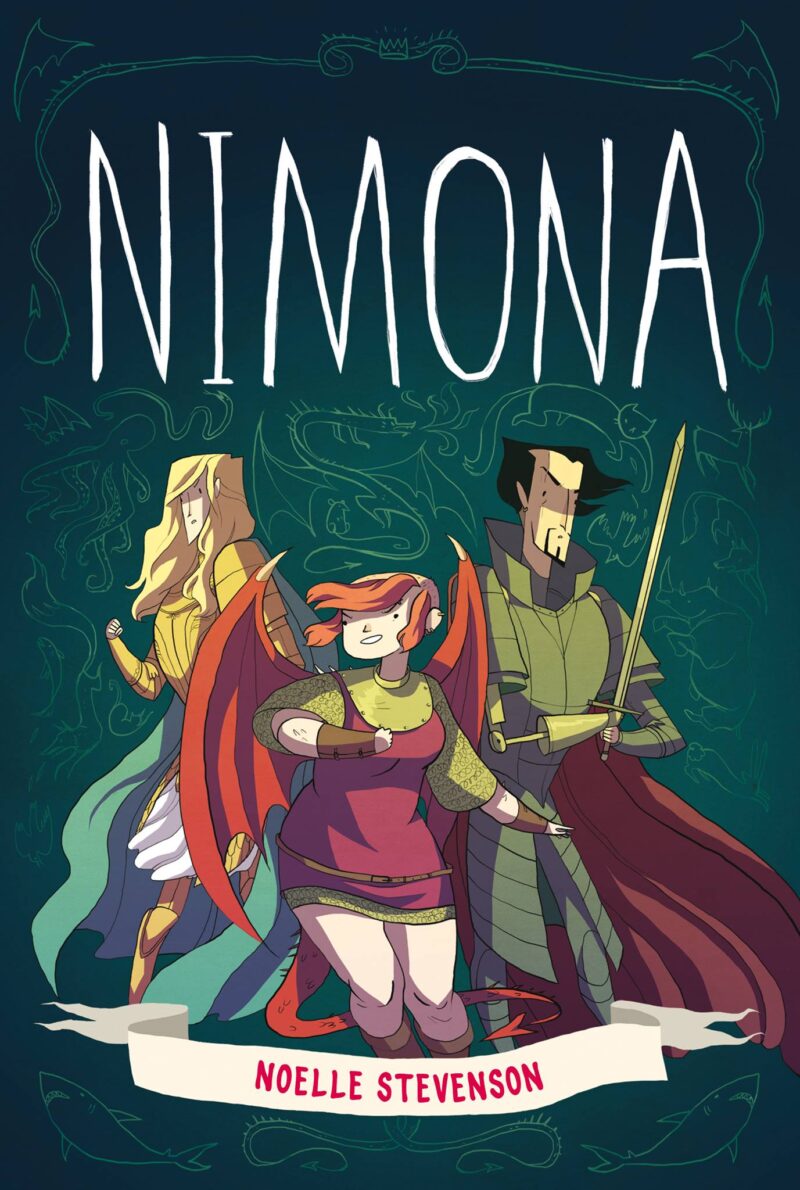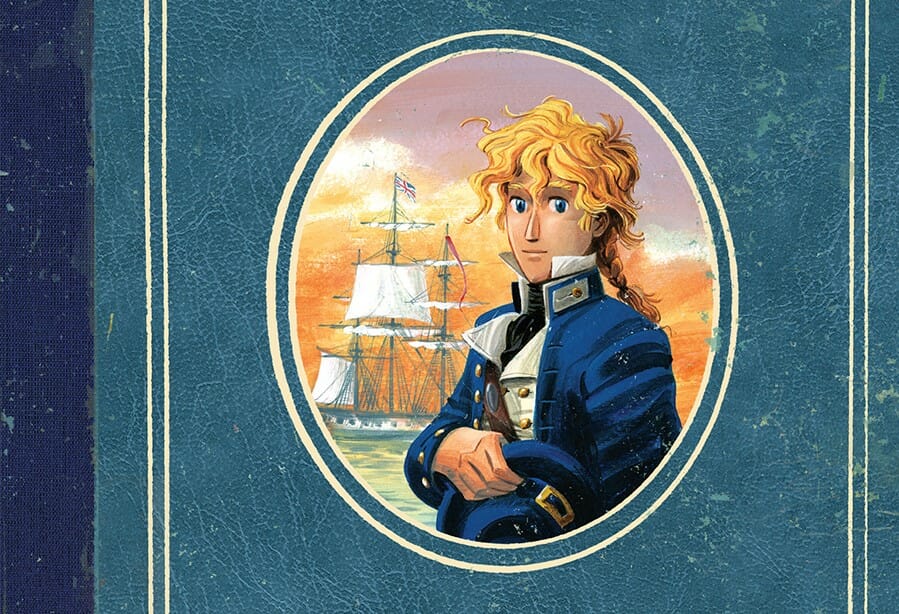
The Rose of Versailles Review | Making history through manga and anime
Author
Year
The Rose of Versailles is a manga series that revolutionized the standard of Japanese comics for girls, both in terms of genre and narrative. Albeit still adhering to the staple theme of romance, the detailed portrayal of historical events was unprecedented for the genre. Through this, Riyoko Ikeda managed to create a universal narrative that made this manga into an icon of its time. Proving that history can be more than a background to a story.
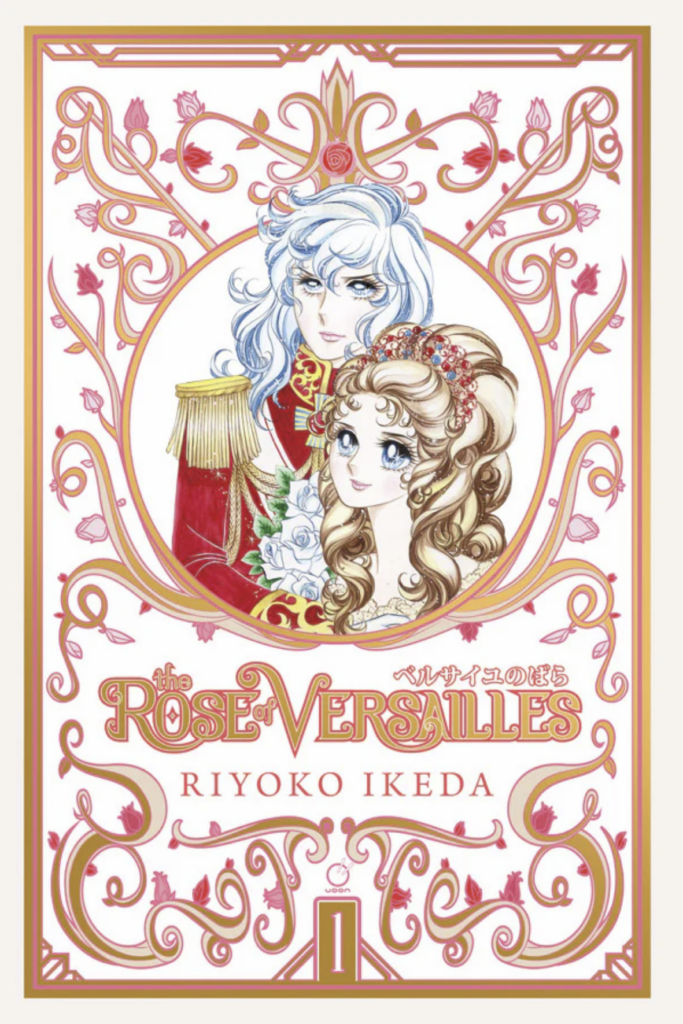
History seen through women’s eyes
The Rose of Versailles is innovative for its exploration of the female point of view. Similar to NANA, the reader experiences the story through its two main protagonists. On one hand is Marie Antoinette, a queen too young for the crown, lacking the maturity that her role demands. On the other is a fictional character, Oscar Francois de Jarayes, raised like a man since childhood by her father to become Captain of the Royal Guard. Two different women united by the love for the same man, Count Axel von Fersen, and whose destinies are caught in the French Revolution.

They – like all female characters featured in the manga – are the tragic heroines of this tale, as well as the driving force of the narrative. The series takes the time to explore in intimate detail figures from all social classes. From the cunning Madame du Barry, the power-hungry mistress of the king, to Rosalie, a peasant girl whom Oscar takes under her wing. Through their experiences, it portrays the faceted perspectives of femininity, too often discarded by history. The Rose of Versailles reclaims their importance and, in a significant role swap, relegates the men as side characters.
How The Rose of Versailles challenged manga norms
To better understand its impact, one must consider the evolution that shoujo manga was going through at the time. When the genre made its appearance in the 50s, it was still exclusive to male authors, such as Osamu Tezuka with Princess Knight. And while these stories set the tone for the genre, they still lacked depth and character development. Only with the debut of the first female mangaka in the 60s the genre began to develop. Also due to the fact that these authors had a better understanding of their public and its interests. By the 70s, not only did female authors gain monopoly over the genre, but they began introducing themes relevant to the women’s liberation movement. All of these factors culminated in the ideal setting for Riyoko Ikeda’s debut.
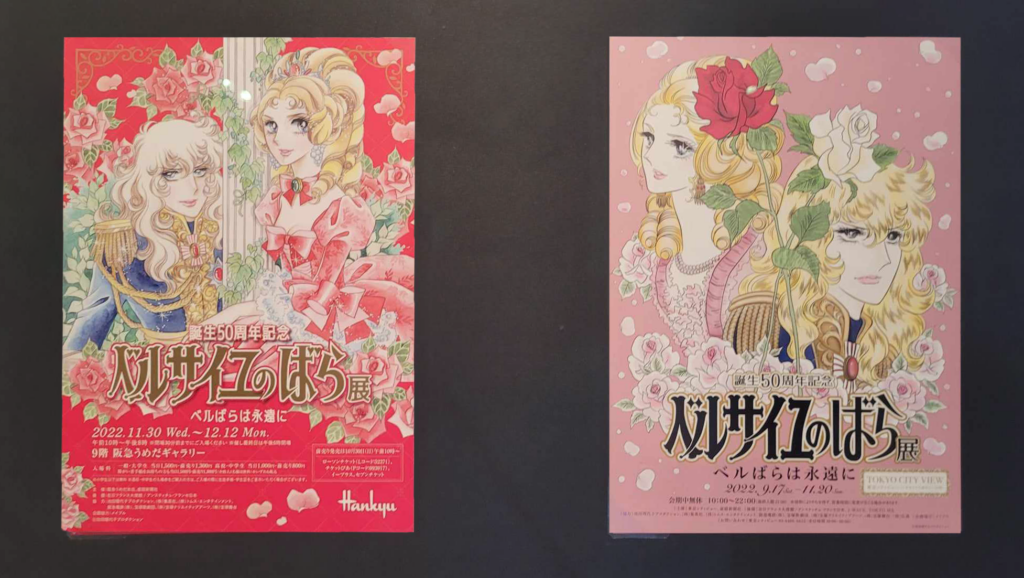
Ikeda began working on her first short publications early on, during her university years. As involved in activism as she was, comics represented a mean to financially sustain herself. However, it would not be until 1972 that her career as a mangaka would take off with her signature work. And yet, despite the fame it holds to this day, at the beginning The Roses of Versailles struggled to be published. Many editors deemed it unfit, too difficult for its intended public of young girls. However, Ikeda’s ability to translate a story based on Marie Antoinette’s biography into shoujo worked around this issue.
Historical drama with an heroine outside the box
The Rose of Versailles manages to introduce two core aspects. The first being the popularisation of the historical drama subgenre. The second consists of mature themes, which represent a testament to the medium’s narrative potential. In particular, it focuses on the social injustice emerging from the contrast between the lavish court life of Versailles and the poverty of the common folk. A theme that becomes more predominant as the story progresses, interconnected with Oscar’s disenchantment towards the crown. Much like Miyazaki’s Nausicää, she too must come to terms with the reality of her country and take a stance. This will lead her to join the revolutionaries, her ideals changed but her loyalty to France undiminished. A character development that follows the rise and fall of the French nobility, and that won over fans worldwide.
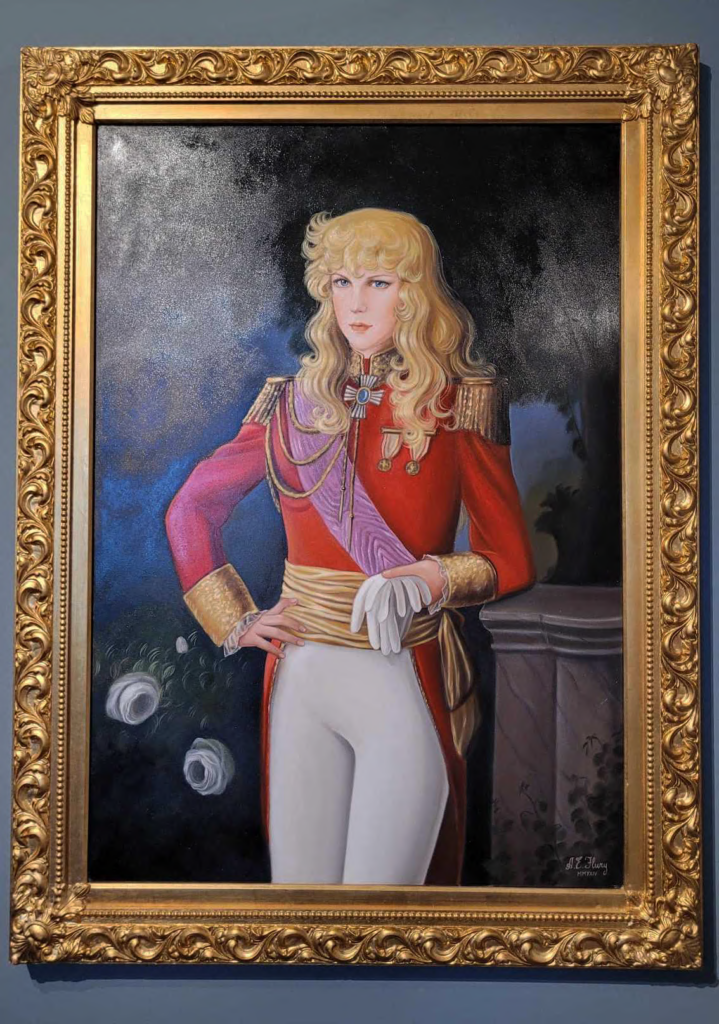
Oscar represents an unprecedented androgynous lead in manga. Despite Princess Knight already featuring Sapphire, a girl protagonist pretending to be a prince, Oscar displays a much more complex characterisation. She chooses to embrace the role imposed on her, well aware of the privilege that comes with a man’s social status. A gender-exclusive freedom that is also explored – albeit during the Renaissance period – in the graphic novel Peau d’homme. Oscar is a strong character, capable of being both compassionate and authoritative, and whose charm manages to win over men and women alike. Contrary to Sapphire, Oscar never returns to the femininity that was precluded to her. Not even in the light of her feelings – for Fersen first and André later – which come second to her duty. A protagonist who challenges both gender norms and social barriers in an era of patriarchal society and political turmoil.
The global phenomenon of The Rose of Versailles
The manga featured from May 1972 to December 1973 on the magazine Margaret, and it was an immediate success. This suggested the editors the idea of publishing it also in paperback format (tankōbon), to make it accessible to a wider number of readers. Thanks to this initiative, The Rose of Versailles sold over 13 million copies in two years, making it the first commercial success of shoujo manga. This overwhelmingly positive feedback contributed to make paperbacks a business model, which in turn helped manga become independent from magazines.
The gained popularity reflected not only in the form of an editorial success but as a true social phenomenon. The series featured numerous adaptions, ranging from musicals to live-action movies. But it was the anime series, distributed worldwide, to cement The Rose of Versailles status as 80s icon. Thanks to its historical inspiration and female-focused narrative, it managed to appeal to both Eastern and Western audiences. It proved how stories rooted in history can spark the audience’s fascination – as well as video games like Assassin’s Creed and Valiant Hearts. An influence that continued for generations for The Rose of Versaille, with numerous spin-offs and a new anime movie in the works for 2025.
Tag
Buy a ☕ for Hypercritic







